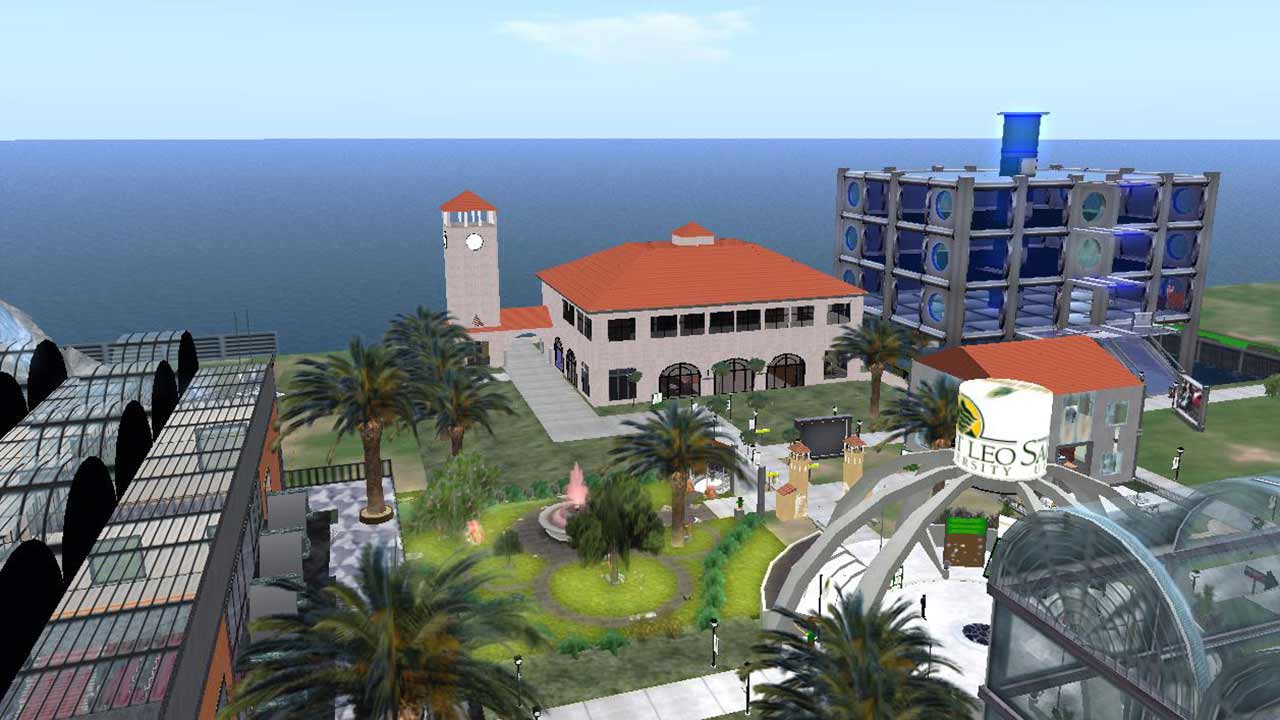It sounds like a gimmick—buying land you can’t physically touch. But virtual real estate isn’t just for gamers anymore. It’s quietly evolving into a serious asset class, with platforms like Decentraland, The Sandbox, and others pulling in millions in transactions and corporate partnerships.
As the internet shifts toward immersive experiences, owning digital space is starting to look a lot more like owning beachfront property in the early 2000s—cheap today, valuable tomorrow. And the smartest investors aren’t laughing. They’re buying.
Big Brands Are Already Moving In

Nike, Gucci, Atari, and even banks like JPMorgan have already claimed plots in major metaverse platforms. They’re building digital storefronts, branded experiences, and interactive ad spaces. These aren’t PR stunts—they’re long plays for future customer attention.
According to CNBC, JPMorgan projected the metaverse could eventually become a $1 trillion yearly opportunity. With virtual land being the backbone of that economy, the upside is clear: limited supply, rising demand, and first-mover advantage.
Scarcity Is Built In

Unlike the open internet, virtual real estate platforms are designed with limits. Decentraland has just over 90,000 parcels. The Sandbox has around 166,000. Once they’re sold, that’s it. If a business or creator wants prime space, they’ll have to buy it from an existing owner—at whatever price they ask.
This built-in scarcity is what makes virtual land so appealing to long-term investors. It mimics the fundamentals of physical real estate but exists in a space that’s easier to scale, rent out, or repurpose.
People Are Already Making Rental Income

Virtual real estate isn’t just about flipping. Owners are leasing their plots for events, brand activations, and pop-up stores. Some creators are even building virtual art galleries or concert venues—and charging admission or sponsorship fees.
According to Business Insider, one plot in The Sandbox sold for $4.3 million to a virtual real estate firm planning long-term development. That’s not speculation—it’s strategic income generation in a space where foot traffic is digital but the money is real.
It’s a New Frontier for Digital Assets

With NFTs, DAOs, and blockchain gaming becoming mainstream, digital property fits right in. Smart investors are bundling virtual land with tokens, exclusive access, and digital products to increase value and create new income layers.
Think of it as the early days of domain names—cheap, overlooked, and eventually worth millions. The difference now is that the ownership is transparent on-chain, the use cases are expanding fast, and the audience is global from day one.
The Risk Is Real—But So Is the Upside

Like any emerging market, virtual real estate comes with volatility. Prices can swing wildly, platforms can lose traction, and hype cycles can fade. But early adopters know that’s part of the play. It’s not about betting the farm—it’s about owning a piece of the future internet while the cost is still within reach.
If you missed crypto, missed NFTs, and wished you’d bought in sooner, virtual land might be your next shot. It’s not a quick flip—it’s a digital foundation. And in a world moving online faster than ever, that foundation could be worth a lot more than people think.

Alexander Clark is a financial writer with a knack for breaking down complex market trends and economic shifts. As a contributor to The Daily Overview, he offers readers clear, insightful analysis on everything from market movements to personal finance strategies. With a keen eye for detail and a passion for keeping up with the fast-paced world of finance, Alexander strives to make financial news accessible and engaging for everyone.


